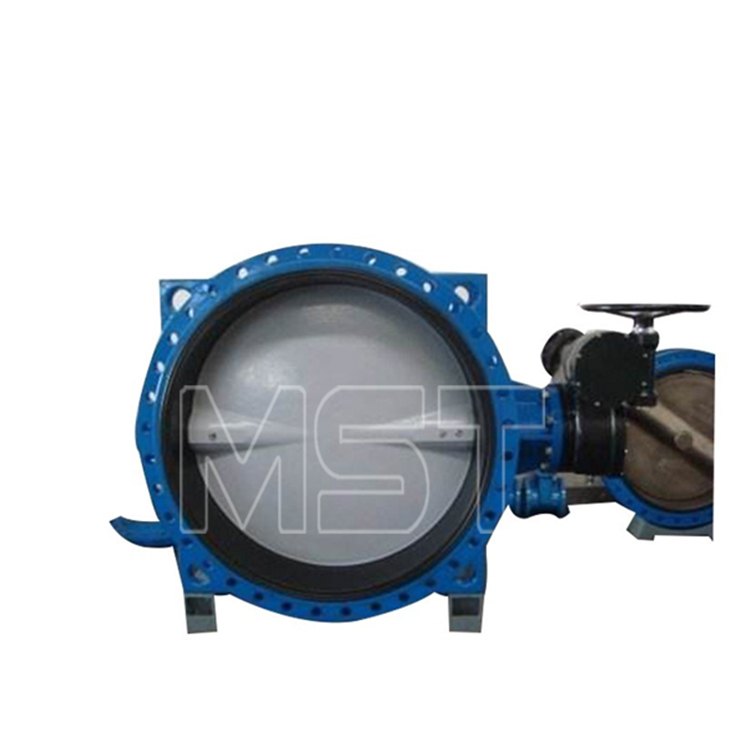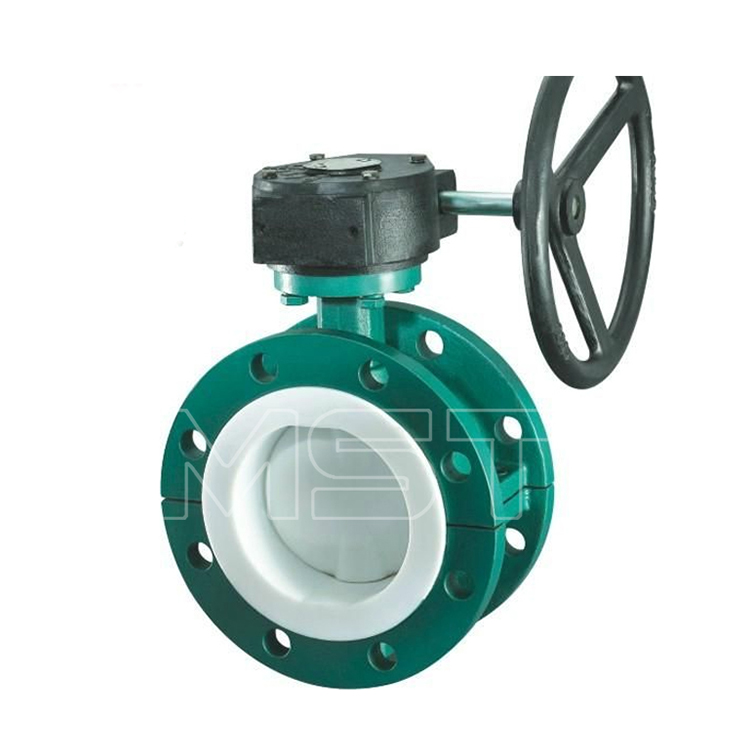 English
English Español
Español  Português
Português  русский
русский  Français
Français  日本語
日本語  Deutsch
Deutsch  tiếng Việt
tiếng Việt  Italiano
Italiano  Nederlands
Nederlands  ภาษาไทย
ภาษาไทย  Polski
Polski  한국어
한국어  Svenska
Svenska  magyar
magyar  Malay
Malay  বাংলা ভাষার
বাংলা ভাষার  Dansk
Dansk  Suomi
Suomi  हिन्दी
हिन्दी  Pilipino
Pilipino  Türkçe
Türkçe  Gaeilge
Gaeilge  العربية
العربية  Indonesia
Indonesia  Norsk
Norsk  تمل
تمل  český
český  ελληνικά
ελληνικά  український
український  Javanese
Javanese  فارسی
فارسی  தமிழ்
தமிழ்  తెలుగు
తెలుగు  नेपाली
नेपाली  Burmese
Burmese  български
български  ລາວ
ລາວ  Latine
Latine  Қазақша
Қазақша  Euskal
Euskal  Azərbaycan
Azərbaycan  Slovenský jazyk
Slovenský jazyk  Македонски
Македонски  Lietuvos
Lietuvos  Eesti Keel
Eesti Keel  Română
Română  Slovenski
Slovenski  मराठी
मराठी  Srpski језик
Srpski језик
What are the Commonly Used Non-metallic Materials for Valves?
2022-02-04
The rated temperature range of the nitrile rubber seat is -18 ℃ ~ 100 ℃. Also commonly called NBR, NITRILE, or HYCAR. It is an excellent general purpose rubber material suitable for water, gas, oil and grease, gasoline (except gasoline with additives), alcohol and glycol, liquefied petroleum gas, propane and butane, fuel oil and many other media . It also has good wear resistance and deformation resistance.

2. Ethylene propylene rubber EPDM:
The rated temperature range of the ethylene-propylene rubber valve seat is -28 ℃ ~ 120 ℃. EPDM is the abbreviation of its composition, that is, a terpolymer of ethylene, propylene and diene, usually also called EPT, Nordell, EPR. Excellent ozone resistance and weather resistance, good electrical insulation performance, good resistance to polar capacitors and inorganic media. Therefore, it can be widely used in HVAC industry, water, phosphate, alcohol, ethylene glycol, etc. Ethylene-propylene rubber seats are not recommended for use with hydrocarbon organic solvents and oils, chlorinated hydrocarbons, turpentine, or other petroleum-based greases.
3. PTFE:
The rated temperature range of the PTFE seat is -32℃~200℃. Excellent high temperature resistance and chemical resistance. Because PTFE has high density and excellent permeability, it can also prevent the corrosion of most chemical media.
4. Reinforced PTFE RTFE:
RTFE is a modification of PTFE material.
5. Fluorine rubber Viton:
The rated temperature of the fluorine rubber valve seat is -18℃~150℃. Suitable for hydrocarbon products, low and high concentrations of mineral acids, but not for steam media and water (poor water resistance).

6. UHMWPE:
UHMWPE valve seat rated temperature range is -32 ℃ ~ 88 ℃. This material has better low temperature resistance than PTFE, but still has excellent chemical resistance.
7. Silicone copper rubber:
It has good heat resistance and temperature resistance, excellent electrical insulation performance, and high chemical inertness. It is suitable for organic acids and low-concentration inorganic acids, dilute alkalis and concentrated alkalis. Disadvantages: low mechanical strength. Post curing is required.
8. Graphite:
Graphite is a crystal of carbon, a non-metallic material with silver-gray color, soft texture and metallic luster. Graphite is usually used to make valve gaskets, packings and valve seats.




